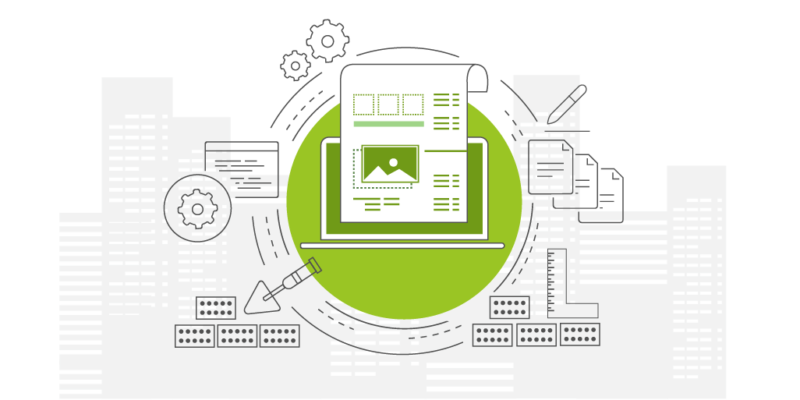
When you ask a contractor to build a house from the ground up, you expected them to deliver a product of the highest level.
They have to pass inspections, adhere to safety codes, and follow agreed upon requirements for the project. Cutting corners in the construction business can have serious effects. If a contractor cuts corners too many times, their reputation may be on the line and people won't be asking them to build a house again.
In many cases, the stakes are just as high when developing an API.
When building an API, it’s crucial to create a fully functioning end product that developers will want to work with and trust, before putting it out into the world. If all goes well, you’ll want to scale your API strategy, but without the right processes in place, you could be building an API program on a faulty foundation, and put your long-term success at risk.
It all starts with coming up with the right plan.
Plan
Just like a contractor relies on a blueprint when breaking ground on a new building, you’ll need to put in a plan in place before you break ground on your API. Don’t let your API become the leaning tower of Pisa of the API world.
Luckily, there are blueprints for an API Architect. The OpenAPI Specification is one such blueprint.
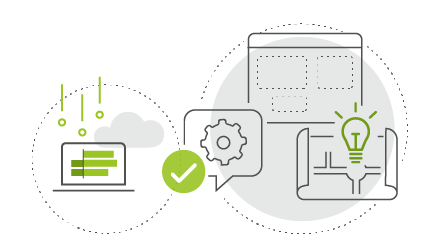
The OpenAPI Specification (formerly known as the “Swagger Specification”), aims to provide a standard format for developers to create APIs that are easily understood and consumed across borders, technology stacks, and industries.
Someone trying to integrate with an API using OAS should be able to dissect and understand what exactly that API is providing.
Just like a blueprint lays out clear instructions for how a building should be built, the OpenAPI specification lays out a clear design structure for how the API should be built.
It lets business and technical stakeholders know what is going to be included in the API before any development begins. This process is referred to as the “design first” method, where the API specification is at the forefront of the project.
Following the OpenAPI specification from the beginning also allows developers to get off the ground while building APIs faster because all the appropriate information is laid out.
Swagger Editor is great for quickly getting started with the OpenAPI specification. It’s clean, efficient, and armed with a number of features to help you design and document your RESTful interfaces, straight out of the box.
- The Editor works in any development environment, be it locally or in the web
- Validate your syntax for OpenAPI-compliance as you write it with concise feedback and error handling
- Render your API specification visually and interact with your API while still defining it
You can download the open source Swagger Editor for free, or get access to the editor in the SwaggerHub platform.
Build
You’ve spent hours, days, weeks, months perfecting the perfect design for your API and now it’s finally time to start building. When building a house, it’s important to have the right team for your project, as well as the right tools.  The same goes for building an API. There are a number of tools that can help you build out your API in an easy and efficient way.
The same goes for building an API. There are a number of tools that can help you build out your API in an easy and efficient way.
One of the tools that an API developer should always have in their tool box, especially when building with the OAS, is Swagger Codegen. The Swagger Codegen is another open source tool that allows API developers to quickly prototype APIs by generating boilerplate code in over 30 different languages.
Inspect
This step is crucial to success. It’s very important that your project, whether it is a home or an API, be tested and inspected for bugs and defects. When working with a home inspection, there are usually a set of requirements that are needed to pass an inspection.
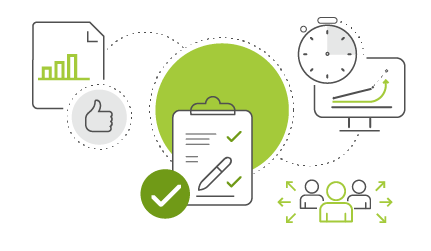 There are plenty of companies out there who don’t test their APIs. Similarly, we assume building inspectors are supposed to make sure construction on a new home is on point. But that doesn’t always happen in reality.
There are plenty of companies out there who don’t test their APIs. Similarly, we assume building inspectors are supposed to make sure construction on a new home is on point. But that doesn’t always happen in reality.
There are pros and cons to creating something that is just “good enough” versus “perfect.” In software, shipping a first product that is “good enough” is a perfectly acceptable work flow for some, but you should make sure that it’s “good enough” to be useable.
Swagger wants to make sure all APIs are “good enough” to pass the usability tests, so that’s one of the reasons why we built Swagger Inspector. It’s an online API testing tool that quickly validates your API works as it should.
If you make sure you’re shipping a product that meets all of the requirements, you’ll be better off in the long run.
Describe and document
Fantastic, you’re done with your project.
It’s been inspected and passed with flying colors, and now you’re ready to put it on the market for everyone to see. Your first reaction is going to be to just put it up and let your API speak for itself. Avoid this!
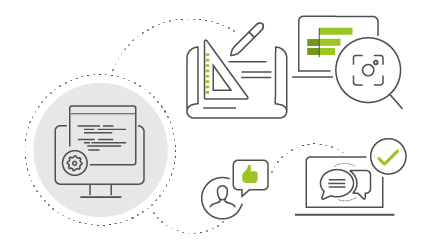
Documenting your project is very important to the end user. In our house example, you want a description of the square footage, neighborhood it’s in, number of bedrooms and bathrooms, appliance type in the kitchen, the beautiful natural light in the kitchen, etc. Pictures can be deceiving, so spelling it out for potential buyers is key here.
The same goes for your API. Documentation is hard to do, but the payoff of providing an API that’s easy to use is well worth the investment. Guide them through the options so that they don’t have to make assumptions and then get upset when their assumptions are incorrect.
Be explicit about what you are offering and how it works, and people will be happier with the results because they won’t feel as if they’ve been misled.
Luckily for developers everywhere, Swagger UI allows you to visualize and interact with the API’s resources without having any of the implementation logic in place. It’s automatically generated from your OpenAPI specification, with the visual documentation making it easy for back end implementation and client-side consumption. It allows end developers to effortlessly interact and try out every single operation your API exposes for easy consumption. See how it works here.
Put it on the market
Your finished product has been tested and inspected and is ready to be unveiled to the public! You’ve put yourself in a great position by creating something that is built with a sturdy foundation and is well documented so that 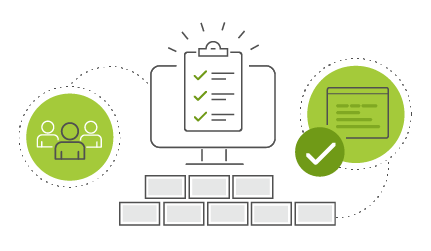 anyone who looks at will know exactly what is inside.
anyone who looks at will know exactly what is inside.
Whether you’re building a house, or an API, create something you’re proud of. Put something out that makes people take a second glance. This is your chance to create something awesome, so take the time to do it right.
Ready to start building?
Swagger has your back. Start building with Swagger Tools Today
Additional resources for building APIs: